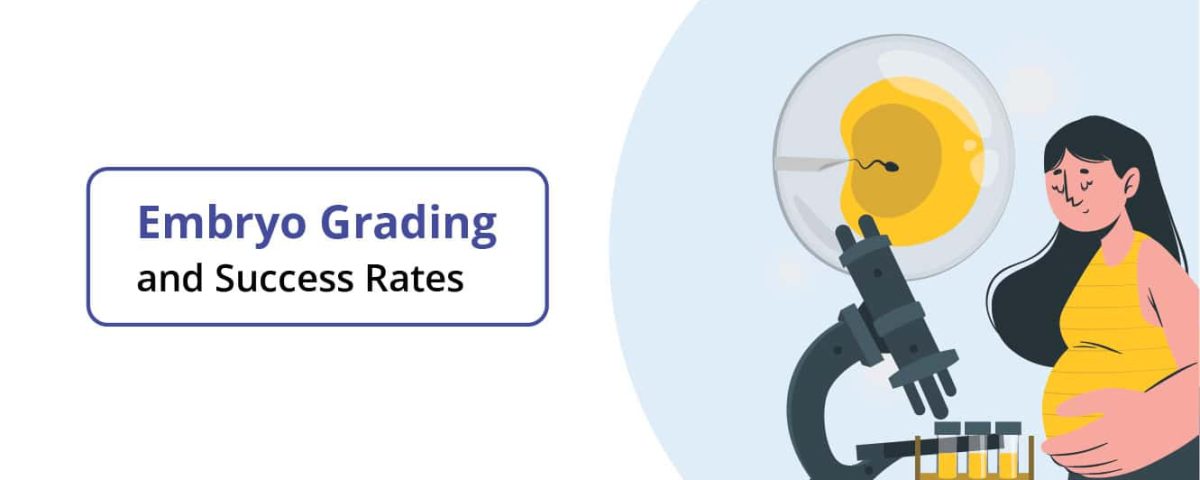
IVF Medical Abbreviation: What It Means and Why It Matters to You
April 7, 2025IVF Success Rates: Everything You Need to Know About Your Chances
When you’re thinking about in vitro fertilization (IVF), one big question probably pops into your mind: What are my chances of success? It’s a question that keeps many hopeful parents up at night, dreaming of tiny toes and baby giggles. IVF success rates can feel like a mysterious puzzle—sometimes exciting, sometimes overwhelming. But don’t worry! This article is here to break it all down for you in a way that’s easy to understand, packed with fresh insights, and loaded with practical tips you won’t find everywhere else. Whether you’re just curious or ready to dive into treatment, we’ve got you covered with the latest info, real-life angles, and a sprinkle of fun facts to keep things interesting.
Let’s explore what IVF success percentages really mean, what affects them, and how you can boost your odds. Plus, we’ll dig into some hidden details—like how your hobbies might play a role—and share the newest research to give you an edge. Ready? Let’s get started!
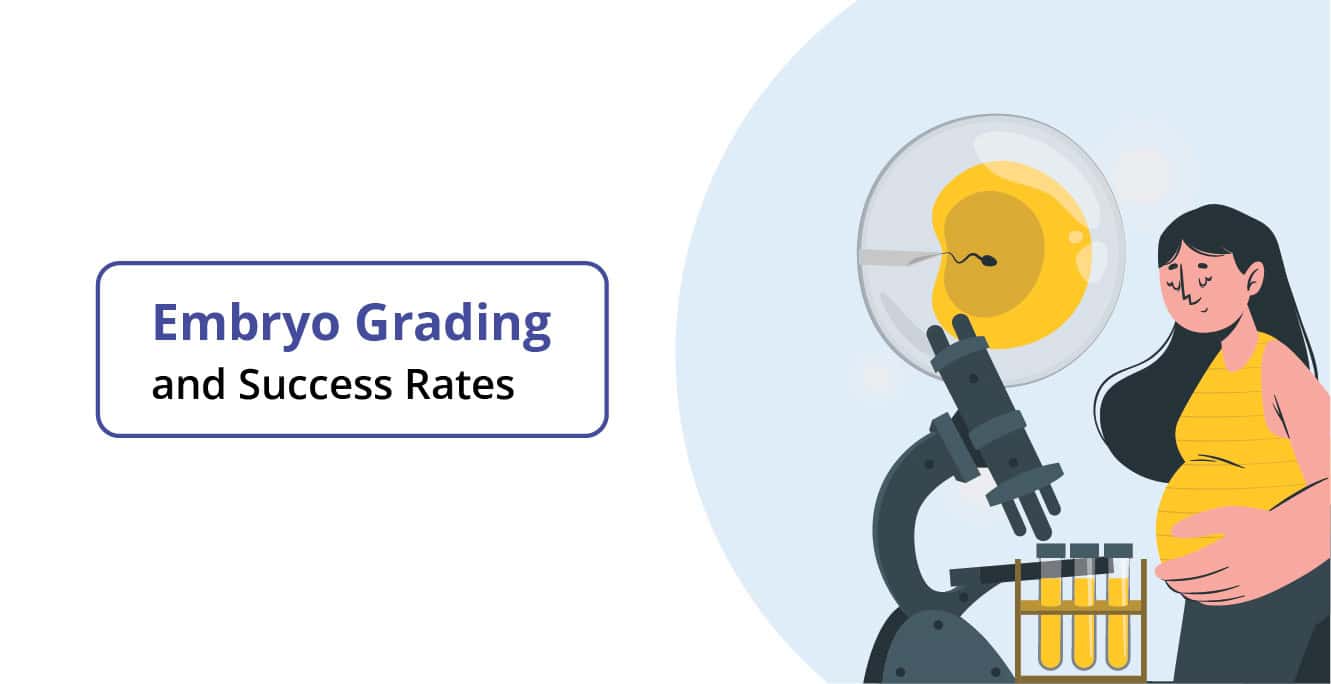
What Does “IVF Success Rate” Actually Mean?
IVF success isn’t a one-size-fits-all number. It’s not like flipping a coin and hoping for heads. Instead, it’s a percentage that tells you how often IVF leads to a specific outcome—like a pregnancy or a live birth. But here’s the catch: not every clinic measures “success” the same way, and that can make things tricky.
- Pregnancy Rate: This counts how many IVF cycles result in a positive pregnancy test. It’s exciting, but it doesn’t guarantee a baby.
- Live Birth Rate: This is the gold standard—how many cycles end with a healthy baby in your arms. It’s lower than the pregnancy rate because not all pregnancies make it full-term.
- Per Cycle vs. Per Transfer: Some stats look at success per IVF cycle (start to finish), while others focus on each embryo transfer. These numbers can differ a lot!
For example, if a clinic says they have a 40% success rate, you need to ask: Is that pregnancies or live births? Per cycle or per transfer? Knowing this helps you see the real picture. In 2021, the average live birth rate per IVF cycle in the U.S. was about 30-35%, according to data from the Society for Assisted Reproductive Technology (SART). But your personal odds? That’s where things get juicy—and personal.
How Age Changes the IVF Game
Age is the VIP guest at the IVF party—it’s the biggest factor in your success odds. Why? Because as we get older, our eggs age too, and that affects their quality and quantity. Let’s break it down with some eye-opening numbers and a few surprises.
IVF Success Rates by Age
Here’s what the latest stats say about live birth rates per cycle using your own eggs (based on 2020-2021 SART data):
- Under 35: Around 40-50% chance of a live birth per cycle. This is peak fertility time!
- 35-37: Drops to 30-40%. Still solid, but the clock’s ticking.
- 38-40: About 20-30%. Things get tougher here.
- 41-42: Down to 10-15%. It’s a steeper hill to climb.
- Over 42: Around 4-5%. Possible, but rare with your own eggs.
Why Age Matters
Your ovaries are born with all the eggs you’ll ever have—about 1-2 million. By puberty, that’s down to 300,000, and by your 30s, the decline speeds up. Older eggs are more likely to have genetic hiccups (called aneuploidy), which can lead to failed cycles or miscarriages. Fun fact: Did you know some women freeze their eggs in their 20s to “pause” this clock? It’s like putting your fertility in a time capsule!
A Real-Life Twist
Meet Sarah, a 38-year-old teacher who loves gardening. She told me her IVF journey felt like tending a tricky plant—some cycles bloomed, others didn’t. After two tries, she had her son, Max. Her secret? She stayed patient and leaned on her love for nature to keep stress low. Age wasn’t on her side, but her mindset was!
Tip: If you’re over 35, talk to your doctor about preimplantation genetic testing (PGT). It screens embryos for genetic issues, boosting your chances of picking a winner.
Beyond Age: Sneaky Factors That Affect IVF Success
Age isn’t the only player in this game. There are tons of other things—some you can control, some you can’t—that tweak your IVF percentage success. Let’s peek behind the curtain at a few surprises.
Your Lifestyle and Hobbies
Think your daily habits don’t matter? Think again! Research shows they can nudge your odds up or down.
- ✔️ Exercise: Moderate stuff like yoga or walking (30 minutes, 5 days a week) can improve egg quality, says a 2023 study from the American Society for Reproductive Medicine. Sarah, our gardener, swore by her daily strolls.
- ❌ Smoking: Cuts your success rate by up to 50%. It messes with egg and sperm health—yikes!
- ✔️ Coffee: Up to 2 cups a day is fine, but more might lower your odds, per a 2022 fertility journal.
- ❌ Stress: High stress can drop success rates by 20%. Hobbies like knitting or painting might just be your secret weapon.
Did You Know? A 2024 survey found 1 in 3 IVF patients picked up a new hobby during treatment—like baking or birdwatching—to chill out. Maybe it’s time to dust off that guitar?
Health Conditions
Some medical stuff can throw a curveball:
- Endometriosis: Affects 1 in 10 women and can lower success rates by 10-15% if untreated.
- Low Sperm Count: Guys, this one’s on you—poor sperm quality can halve your chances.
- Weight: Being under or overweight can shift your odds. A healthy BMI (18.5-24.9) is your sweet spot.
Clinic Quality
Not all clinics are equal. A top-notch lab with skilled embryologists can push success rates up by 10-20%. Check their live birth stats on SART.org—it’s like a report card for fertility clinics!
Expert Quote: “Your clinic’s tech and team are as crucial as your age,” says Dr. Natalie Crawford, a fertility specialist from Texas. “Pick one with a track record you trust.”
Fresh vs. Frozen Embryos: Which Wins?
Here’s a hot debate in the IVF world: Should you use fresh embryos right away or freeze them for later? Let’s settle it with facts—and a little insider scoop.
The Numbers
- Fresh Embryo Transfers: In 2021, the average live birth rate was 33% per transfer for women under 35.
- Frozen Embryo Transfers (FET): Jumped to 36%—and some clinics hit 40% or higher!
Why Frozen Might Be Better
Freezing embryos lets your body recover from egg retrieval hormones before transfer. Plus, doctors can time the transfer perfectly with your cycle. A 2023 study in The Lancet found FET had a 5-10% edge in live birth rates for women over 35. Bonus: You can save extra embryos for future tries—like a fertility savings account!
The Catch
Fresh transfers might work better if you’re under 35 with no hormone issues. It’s faster, too—no waiting to thaw. But frozen is winning fans for its flexibility.
Tip: Ask your doctor, “What’s my body telling us?” Your hormone levels and health might pick the winner.
How to Boost Your IVF Success Rate: Practical Steps
Want to stack the deck in your favor? Here are some actionable tips—backed by science and real-world wins—to lift your IVF percentage success.
Step-by-Step Guide to Prep
- Get a Health Check: Test for stuff like thyroid issues or vitamin D levels. Low D? A 2024 study linked it to a 15% drop in success.
- Eat Smart: Load up on antioxidants—think berries, nuts, and leafy greens. They protect eggs and sperm from damage.
- Sleep Like a Champ: Aim for 7-9 hours. Poor sleep can mess with hormones, says a 2023 fertility report.
- Cut the Junk: Skip processed foods and sugary drinks. A balanced diet can up your odds by 10%.
- Chill Out: Try meditation or a hobby. Stress-busting raised success rates in a 2022 trial.
During Treatment
- ✔️ Take your meds on time—set phone reminders!
- ❌ Don’t skip appointments—ultrasounds track your progress.
- ✔️ Stay hydrated—water helps your body handle the process.
A Success Story
Jake, a 34-year-old gamer, and his wife Mia boosted their odds by turning IVF into a “team quest.” Jake cut back on late-night gaming (better sleep!) and Mia started painting to relax. After one FET, they welcomed twins. “It was like leveling up in real life,” Jake laughed.
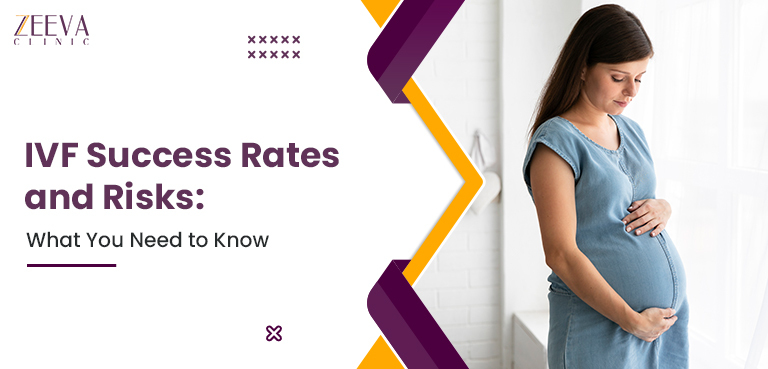
Donor Eggs and Sperm: A Game-Changer?
If your own eggs or sperm aren’t cutting it, donor options can flip the script. Here’s the scoop—and why it’s more common than you think.
Success Rates with Donors
- Donor Eggs: Live birth rates soar to 50-60% per cycle, no matter your age. Why? Young, healthy eggs from donors (usually 20s or early 30s).
- Donor Sperm: Boosts success by 10-20% if male infertility’s the issue.
Who Uses Them?
About 1 in 8 IVF cycles in the U.S. involves donors, per 2021 CDC data. It’s not just for older women—same-sex couples and single folks love this route too.
The Emotional Side
It’s a big decision. Some worry about bonding with a baby that’s not “100% theirs.” But studies show love grows just the same—biology’s only half the story.
Expert Quote: “Donor eggs can turn back the fertility clock,” says Dr. Erika Patel, a fertility expert from India. “It’s about building a family, not a gene pool.”
Tip: Chat with a counselor if you’re on the fence—it’s a common step for donor users.
Cumulative Success: Why Multiple Cycles Matter
One cycle not working doesn’t mean game over. Cumulative success rates—your odds over several tries—tell a hopeful story.
The Stats
A 2023 Australian study tracked 150,000+ women:
- After 1 Cycle: 32% under 40 had a baby.
- After 3 Cycles: 55-60% success.
- After 6 Cycles: Up to 68% for under 40, 31% for 40-42.
Why It Works
Each cycle gives you more chances to tweak things—better embryos, timing, or protocols. Think of it like planting seeds: not every one sprouts, but keep going, and you’ll likely see growth.
Tip: Budget for 2-3 cycles if you can. It’s a marathon, not a sprint!
The Latest IVF Research: What’s New in 2025?
Science isn’t standing still, and 2025’s bringing fresh tricks to the IVF table. Here’s what’s hot—and how it might help you.
Time-Lapse Imaging
Some clinics use cameras to watch embryos grow 24/7. A 2024 Lancet study said it doesn’t boost live births much (sorry, hype fans!), but it can spot strong contenders faster.
AI Picks the Best Embryos
Artificial intelligence is crashing the party! A 2025 trial showed AI picking embryos raised success rates by 8-12% over human guesses. It’s like having a super-smart coach for your team.
Nanoparticle Boost
Researchers are testing tiny magnetic particles to handle eggs and sperm gently. Early 2024 data hints at fewer damaged cells—and maybe a 5% success bump.
Expert Quote: “Tech’s giving us new tools, but it’s still about the patient’s unique story,” says Dr. Priya Bhide from London’s Queen Mary University.
Tip: Ask your clinic, “What cutting-edge stuff do you offer?” It might tip the scales.
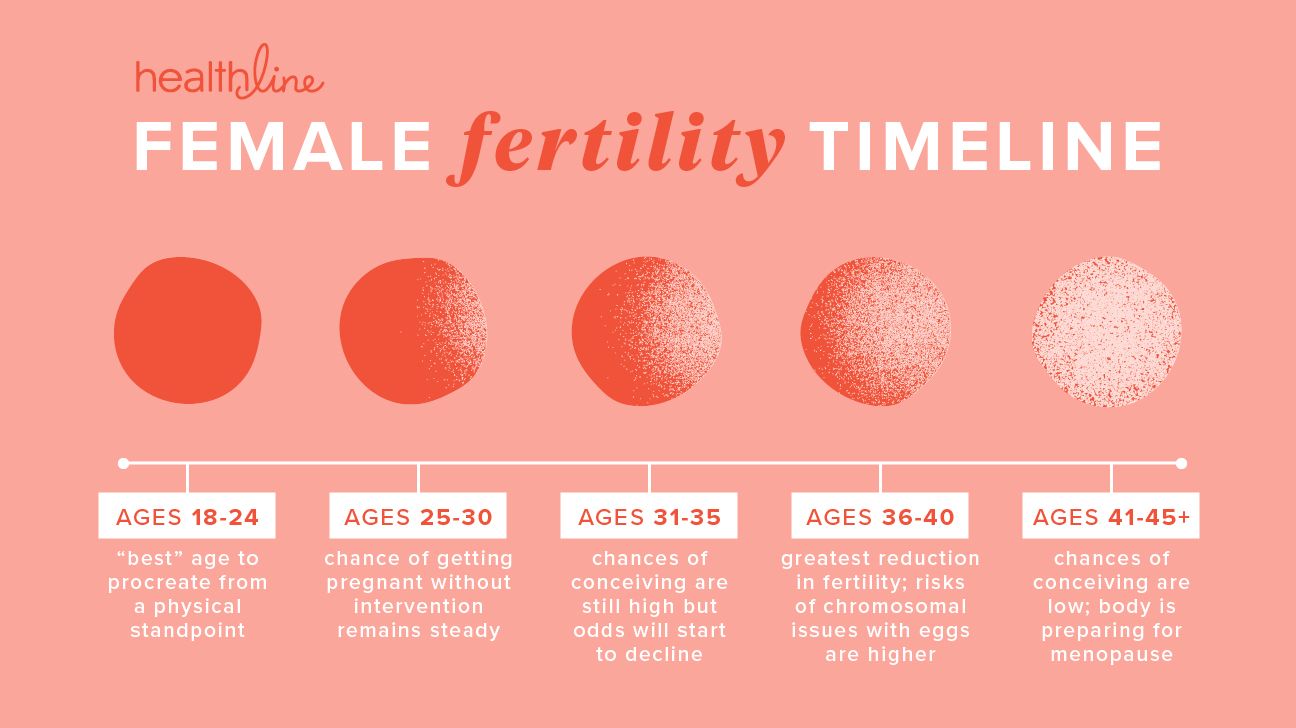
Busting IVF Myths: What’s True, What’s Not?
IVF’s got its share of rumors. Let’s clear the air with facts—and a little sass.
- Myth: IVF always works on the first try.
Truth: Only 26% nail it first go, per SART. Patience is key! - Myth: It’s only for older women.
Truth: Nope! 1 in 5 patients are under 30— infertility doesn’t check IDs. - Myth: You’ll definitely get twins.
Truth: Multiple births are down to 5% in the UK, thanks to single-embryo rules.
Fun Fact: The first IVF baby, Louise Brown (born 1978), is now a mom herself—naturally! Talk about a full-circle moment.
Your IVF Journey: What to Expect
Wondering what IVF feels like day-to-day? Here’s a peek at the ride—and how to prep your mind and body.
The Timeline
- Stimulation (2 Weeks): Shots to grow eggs. You might feel bloated or moody—normal!
- Egg Retrieval (Day Procedure): Quick, under sedation. Rest up after.
- Embryo Transfer (5-10 Days Later): Easy-peasy, like a Pap smear.
- Waiting Game (2 Weeks): The toughest part—keep busy!
Emotional Rollercoaster
You’ll swing from hope to nerves. Lean on friends, a journal, or even a pet. One patient told me her cat’s purrs got her through the wait!
Tip: Build a support squad—partner, pals, or online forums. You’re not alone.
Costs and Coverage: Planning Your Budget
IVF isn’t cheap, but knowing the numbers helps. Here’s the lowdown—and some hacks.
The Price Tag
- U.S. Average: $12,000-$15,000 per cycle, plus $5,000 for meds.
- With Donors: Add $20,000-$30,000.
- Insurance: Only 19 states mandate coverage—check yours!
Money-Saving Moves
- Look for clinics with payment plans.
- Ask about “mini-IVF” (lower doses, lower cost).
- Freeze extra embryos to skip retrieval next time.
Tip: Stash cash in a health savings account (HSA) if you’ve got one—tax-free IVF bucks!
Unique Angles: IVF and Your Personality
Ever wonder how you—your quirks and passions—fit into IVF? Let’s get personal.
Creative Souls
Love art or music? A 2024 study found creative outlets cut stress by 25% during IVF, boosting outcomes. Paint that nursery mural early!
Fitness Buffs
If you’re a gym rat, dial it back to light stuff during treatment. Overdoing it can drop success by 10%, per a 2023 report.
Foodies
Obsessed with cooking? Whip up fertility-friendly meals—think salmon (omega-3s) and quinoa (protein). Your taste buds and embryos will thank you.
Did You Know? One couple turned their IVF wait into a “bake-off” challenge. They had a bun in the oven—and the kitchen—by cycle’s end!
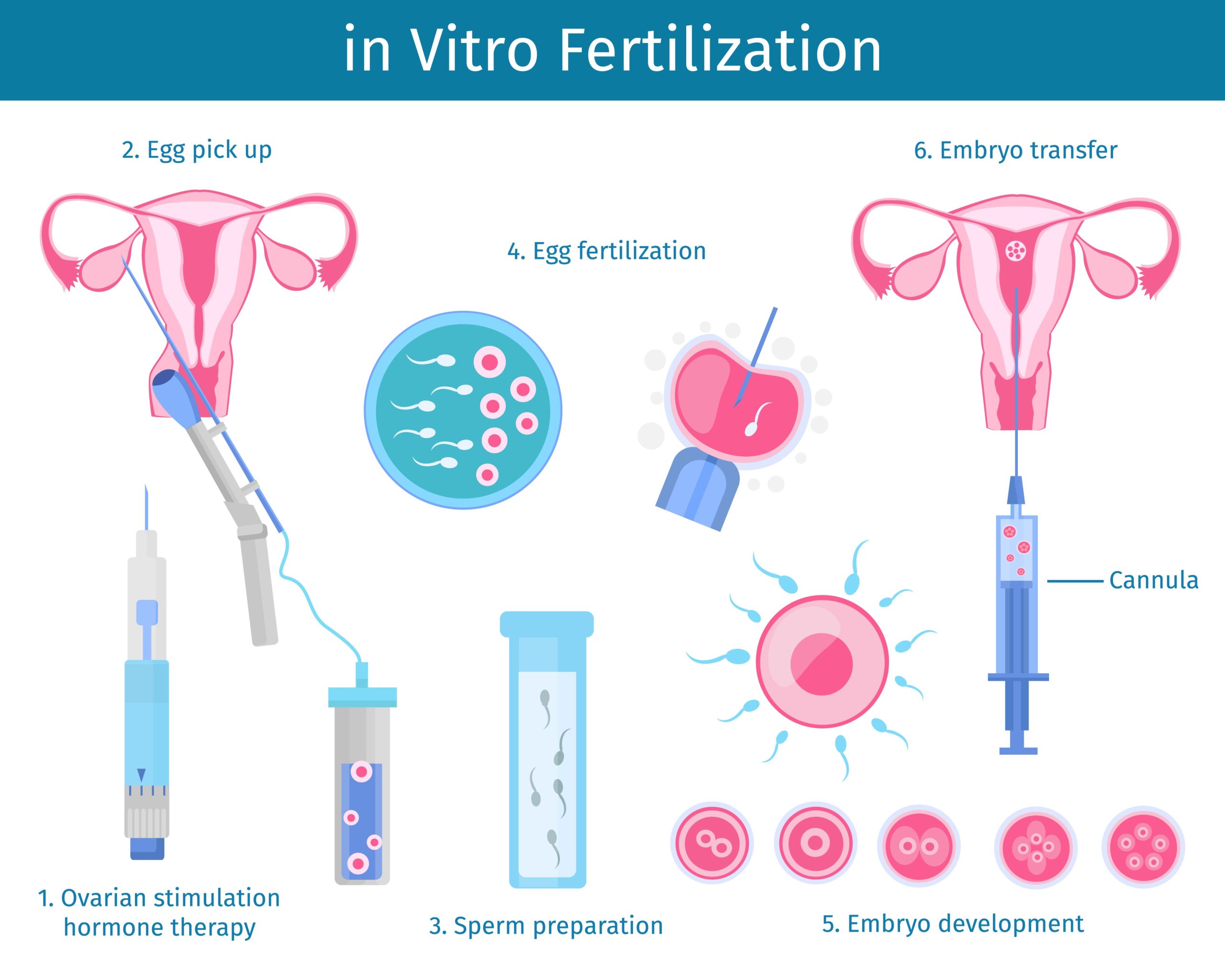
Wrapping It Up: Your IVF Odds Are Yours to Shape
IVF success rates aren’t just cold stats—they’re a mix of science, your body, and a dash of you. Age might set the stage, but your lifestyle, clinic, and even your hobbies can rewrite the script. With live birth rates ranging from 50% (under 35) to 5% (over 42), every step you take—eating well, chilling out, picking the right team—nudges the needle. And with new tech like AI and nanoparticles, 2025’s looking brighter than ever for hopeful parents.
So, what’s your next move? Dive into your options, chat with a doc, and maybe start that stress-busting hobby today. Your IVF journey’s unique—and it’s yours to rock.
Let’s Chat!
What’s your biggest IVF question? Drop it below, or share your story—did a quirky trick help you through? I’m all ears, and so’s our community!
